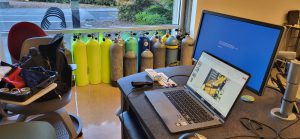
Cylinder Inspection Training: Why a Maintained Cylinder Is a Happy Cylinder
Uncover the importance of gas cylinder inspections and training. Dive deep into ensuring safety, boosting efficiency, and prolonging cylinder life.
In the United States, the Occupational Safety and Health Administration (OSHA), regulates, and investigates workplace safety. Most countries have their equivalent of OSHA which works in a similar manner. OSHA may conduct random checks, follow up on registered complaints or investigate accidents involving the safety of workers.
When OSHA visits a facility, they have a broad scope of regulations they monitor or review to determine safety. If they happen to come out to investigate an incident, they are not limited to any specific concern. If they come across other safety concerns, it becomes part of their investigation. Any violations can be added to the initial investigation, and the employer can be held accountable. If OSHA visits, you want to have your basic safety plans and workplace safety rules in place to lessen any regulatory impact.
In 2019 There was a fire and explosion at a marine terminal in South Carolina. The explosion involved cylinders within a vehicle. The fire and resulting explosion injured a worker and destroyed the vehicle. Due to an injured worker OSHA opened an investigation.
It is unknown if an exact cause of the explosion was determined, but OSHA found numerous violations leading up to the explosion.
When reading such reports, it is difficult to get specific information. Most of the data is broad and vague. However, even with limited information, we can learn from these incidents. In this specific case, OSHA found issues with an unsafe/unclean workspace leading to the explosion, cylinders failing to be stored properly and a facility failing to train employees. Combining these issues OSHA compiled a total fine of $26,520. And, Sadly, these issues could have been easily prevented.
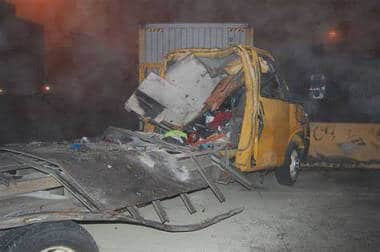
Knowing that you have industrial gases, including oxygen, in a workspace, the technicians must keep combustible materials away. Storing debris, such as rags, outside of designed storage containers should alert employees to clean up the debris.
Even without an industrial gas in the area, all workspaces should be free of hazards that could injure an employee. That could include something as simple as a tripping hazard.
If you do have industrial gases, not in use, they should be secured and have protective caps in place. Employees need to be trained that the cap itself will not protect the employee from leaking gases, it only protects the valve if the cylinder falls. The employee should be trained to check or test a valve to ensure it is in proper working order. It needs to contain the gas in the cylinder. If it is working properly, ensure it is closed when not in use. If it is not working properly, notify the appropriate cylinder safety technician.
Finally, document all employee training and keep the training documents within the employee files. Training needs to be more than a check on a piece of paper. Having a training program, with documentation, showing that the employee has been trained and tested will ensure compliance with government safety regulations. If you do not have a documented program, then a piece of paper may not be enough to protect your facility from a hefty fine.
Keeping an area clean with properly stored cylinders may have prevented this accident which injured an employee and cost the company over $26,000. Preventing an injury may keep OSHA away and prevent them from asking about employee training records. Training employees about the reasons to keep a workplace clean, and safety equipment being maintained on a cylinder can save lives and maintain profitability.
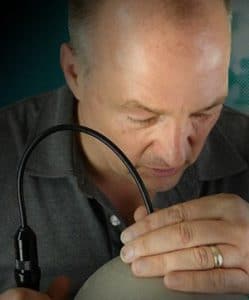
I enjoy continuing to build the business based on safety since 1999. CTS focuses on the inspection of high pressure cylinders, the maintaining of the valves and basic maintenance of high pressure compressor systems. CTS stays current in techniques and tools to train both the new and novice employee. We publish articles, update training tools and have created an APP to assist during the inspection process.
#cylinder #safety #hazmat #training #cylinderinspectiontraining #cylindex

Uncover the importance of gas cylinder inspections and training. Dive deep into ensuring safety, boosting efficiency, and prolonging cylinder life.

Is your composite cylinder showing signs of wear? Discover when to seek a professional repair service in our comprehensive guide.
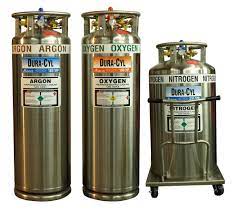
29 CFR 1910.101 intro Handling cryogenic cylinders involves working with extremely low-temperature gases that pose unique safety risks. To ensure the safe handling, storage, and transportation of these hazardous materials,
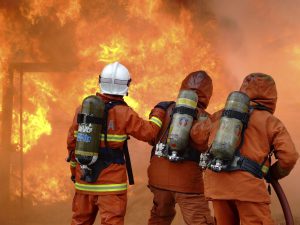
Introduction Firefighters encounter many risks while on duty, including hazardous materials and high pressure bottles. High pressure bottles are used for a variety of purposes in firefighting, including powering hydraulic